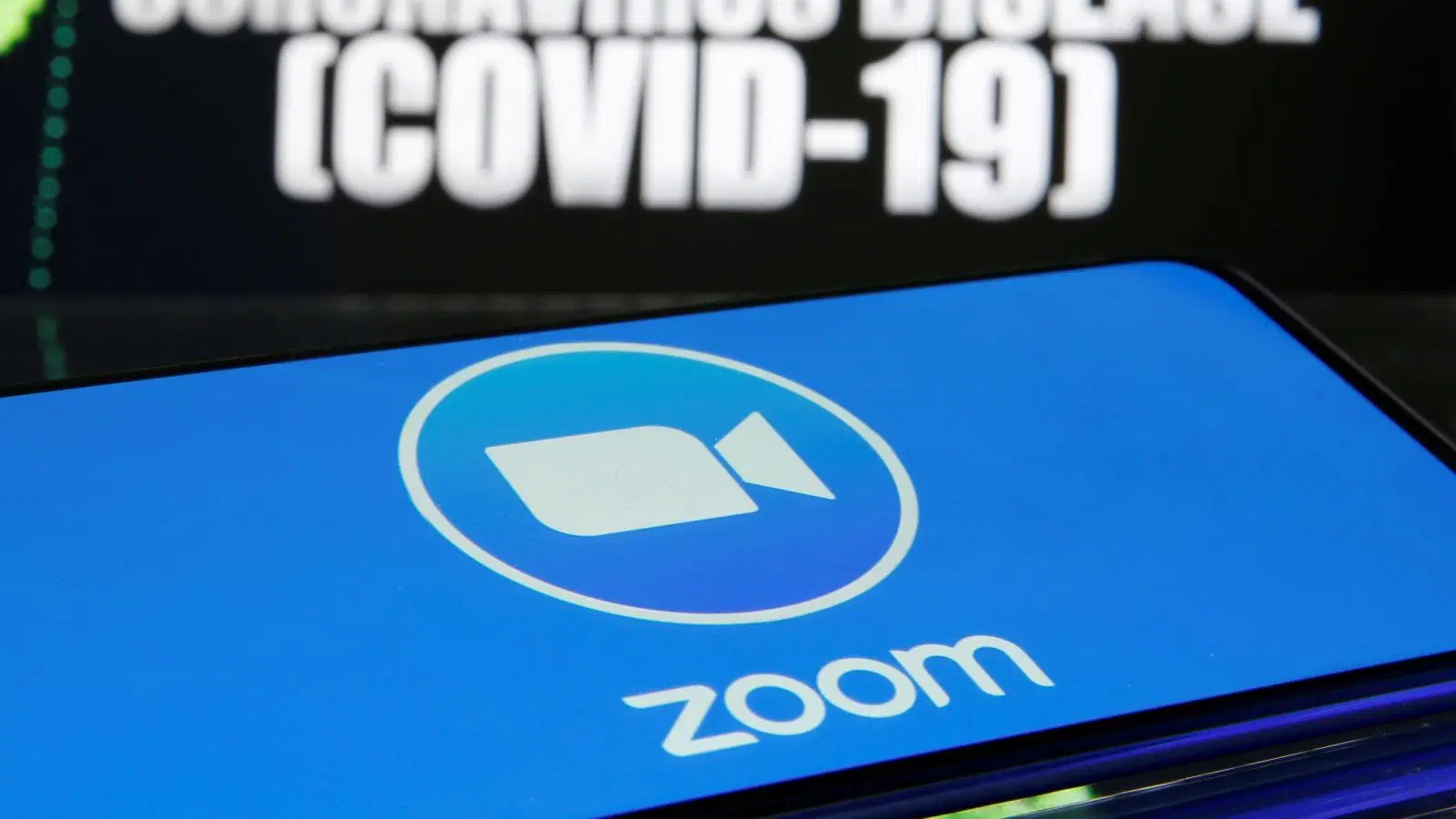Amidst the COVID-19 lockdown, it is imperative for people to stay connected with each other. Thanks to the digital age we are living in, we now have plenty of options to stay connected through video conferencing including Zoom, Google Meets and Microsoft Teams. A comparison between these platforms is quintessential to determine their functionalities and limitations to see which one suits video conferencing needs the best.

Google Meets within is an easy-to-use interface that can handle up to 250 people in a video conference, depending on the G Suite subscription, for an unlimited duration. Its fully integrated with other G Suite apps like Google Calendar and allows people to create and drop in and out of meetings quickly, just by clicking a link. However, Google Meets meeting links is only available to people within a business.
Zoom is one of the most used and popular online video conferencing tools right now. It is easy to use and the video and audio quality is quite good. Zoom allows 100 or 500 participants with meeting duration up to 40 minutes or 24 hours, depending upon whether it is a free or paid plan.
Microsoft Teams is a video conference solution with several service plans. Teams is part of Microsoft Office 365, so if a person is a Microsoft customer, he can access both free and paid plans. Teams allow 250 participants in a meeting at most.
Encryption for a virtual meeting is important for organizations. In Zoom, there has been a lot of cases of "Zoom-bombing". There is a security risk of hackers or others invading your video meeting. For businesses, this security risk must be considered while deciding the right video conferencing tool. Zoom claims to implement end-to-end encryption but the encryption that it uses to protect meetings is Transport Layer Security (TLS). This is different from end-to-end encryption because the Zoom service itself can access the unencrypted video and audio content of Zoom meetings.
Google Meets and Microsoft Teams, in this regard, are more secure than Zoom. They encrypt messages "in transit". In Google Meets, messages are only encrypted between your device and Google's servers. Microsoft Teams stores data in a secure network of data centres and uses Secure Real-time Transport Protocol (SRTP).
These platforms differ in some other features as well like Google Meets and Zoom allow a grid view of the participants whereas Teams does not. These platforms have a plethora of additional features as well including a wide range of emojis and Google Meets, private channels and slash commands in Teams and a raise hand feature in Zoom which facilitates coordinated meetings.
These platforms have similar features in the form of screen sharing and allowance to recording the meeting. Another video conferencing platform that has sprang up into reckoning is Cisco Webex which provides a lot of features as well. However, it is finally up to the user to decide which platform they want to use, depending upon their requirements and convenience.